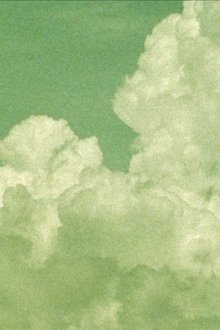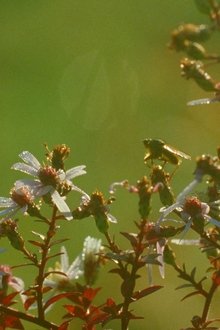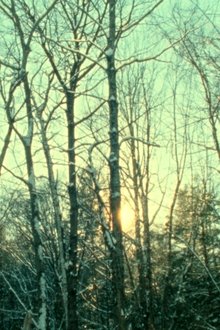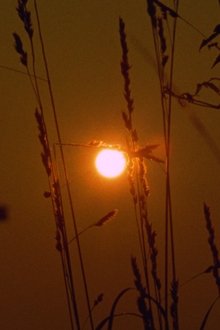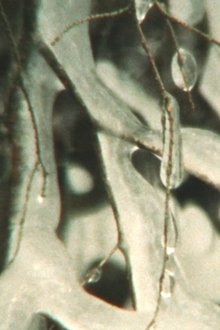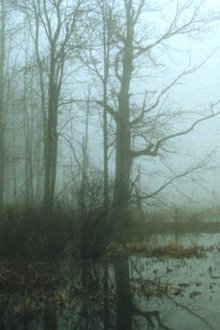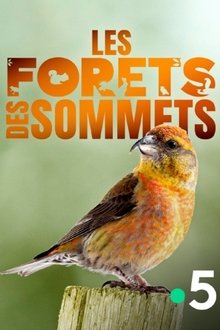A vivid journey into the mysterious subterranean world of mycelium and its fruit— the mushroom. A story that begins 3.5 billion years ago, fungi makes the soil that supports life, connecting vast systems of roots from plants and trees all over the planet, like an underground Internet. Through the eyes of renowned mycologist Paul Stamets, professor of forest ecology Suzanne Simard, best selling author Michael Pollan, food naturalist Eugenia Bone and others, we experience the power, beauty and complexity of the fungi kingdom.
Related Movies
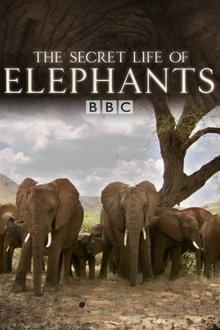
The Secret Life of Elephants (2009)
Set against the backdrop of one of Africa's most stunning locations – the Samburu National Reserve in northern Kenya – this compelling series follows the remarkable stories of wild elephants. From the first faltering steps of Breeze, a new born, to the experiences of elderly matriarch Harmattan, this series explores behaviour and relationships revealing elephants to be caring and compassionate beings.

Two Trees (2024)
In the early 1900s commercial loggers cut down an old growth spruce tree growing on a small island surrounded by tide pools on the coast of Maine. Out of the trunk of this ancient tree grew two new trees, side by side.
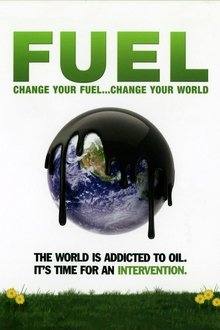
Fuel (2008)
Record high oil prices, global warming, and an insatiable demand for energy: these issues define our generation. The film exposes shocking connections between the auto industry, the oil industry, and the government, while exploring alternative energies such as solar, wind, electricity, and non-food-based biofuels.
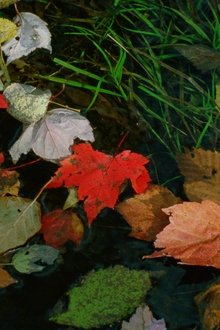
The Long Rainbow (2024)
"The acid soil of New England, its wide stretches of hardwoods, its numerous sugar maples, its rolling or mountainous character, the sunshine of its autumn weather, all these contribute to the glory of this annual display. The birches of Maine the aspens of the White Mountains, the sugar Maples of Vermont, the long rainbow of the Connecticut River Valley cutting from top to bottom through New England, the Berkshires - mention these to anyone who has traveled widely through a New England fall and you will evoke instant memories of superlative beauty." -Edwin Way Teale, Autumn across America, 1956
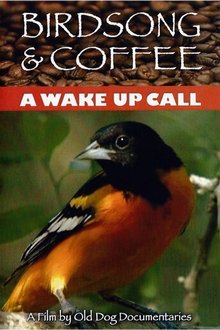
Birdsong and Coffee: A Wake-Up Call (2006)
Documentary exploring economic and environmental connections between farmers in Latin America, coffee drinkers in the U.S., and the fate of migratory songbirds throughout the Americas. Illustrates how coffee drinkers in this and other developed countries hold in their hands the fate of farm families, farming communities, and entire ecosystems in coffee-growing regions worldwide.
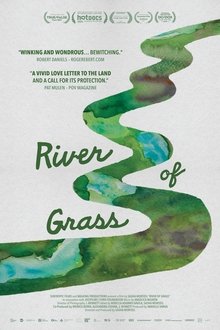
River of Grass (2025)
An ode to the Florida Everglades, past and present, told through the prescient writings of Marjory Stoneman Douglas and those who today call the region home.

Spiders on a Web (1900)
Consisting of a single shot, Spiders on a Web is one of the earliest British examples of close-up natural history photography. Made by one of the pioneers of the British film industry, G.A. Smith, this short film details spiders trapped in an enclosure, and despite the title, does not actually feature a web.

Microcosmos (1996)
A documentary of insect life in meadows and ponds, using incredible close-ups, slow motion, and time-lapse photography. It includes bees collecting nectar, ladybugs eating mites, snails mating, spiders wrapping their catch, a scarab beetle relentlessly pushing its ball of dung uphill, endless lines of caterpillars, an underwater spider creating an air bubble to live in, and a mosquito hatching.
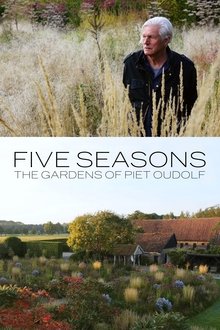
Five Seasons: The Gardens of Piet Oudolf (2017)
Viewers are immersed in revolutionary landscape designer Piet Oudolf’s work and given an insight to his creative process, from his beautifully abstract sketches, to theories on beauty, to the ecological implications of his ideas.

In Celebration of Trees (1998)
Filmed by Emmy Award-winning cinematographer Al Giddings, this timeless program takes a stirring look at the largest, tallest, longest-living things on the planet: trees. Stunning location footage captures the variety and the grandeur of the Pacific Northwest, the Florida Everglades, the Shenandoah Valley, and the Great Sonoran Desert. Quotations from Sierra Club founder John Muir and others who revere nature are interwoven with information on topics ranging from the function of forest ecosystems, to the effects of deforestation, to the integration of parks into urban landscapes.
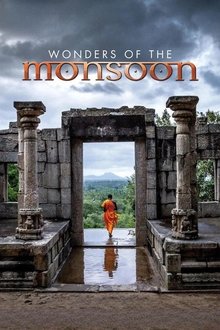
Wonders of the Monsoon (2014)
The wildlife and cultures of southern Asia have been shaped by one of the greatest phenomena on Earth: the mighty monsoon winds that sweep across this vast region, turning drought into deluge. All life – human and animal – is dominated by this rampaging weather system. From the northern shores of Australia to the highest peaks of the Himalayas and the wind-blown deserts of northern India to the lush equatorial forests of Borneo, this series makes an exhilarating journey through the lands of the monsoon. Along the way, it offers a taste of the variety and colour of the different regions’ most extraordinary wildlife and cultures and the way they cope with the tumultuous weather. This is the story of a relationship between humans and nature that has grown across thousands of years – all living in the shadow of the monsoon.

